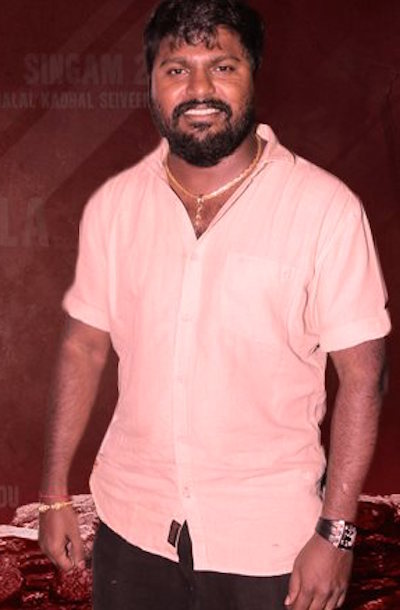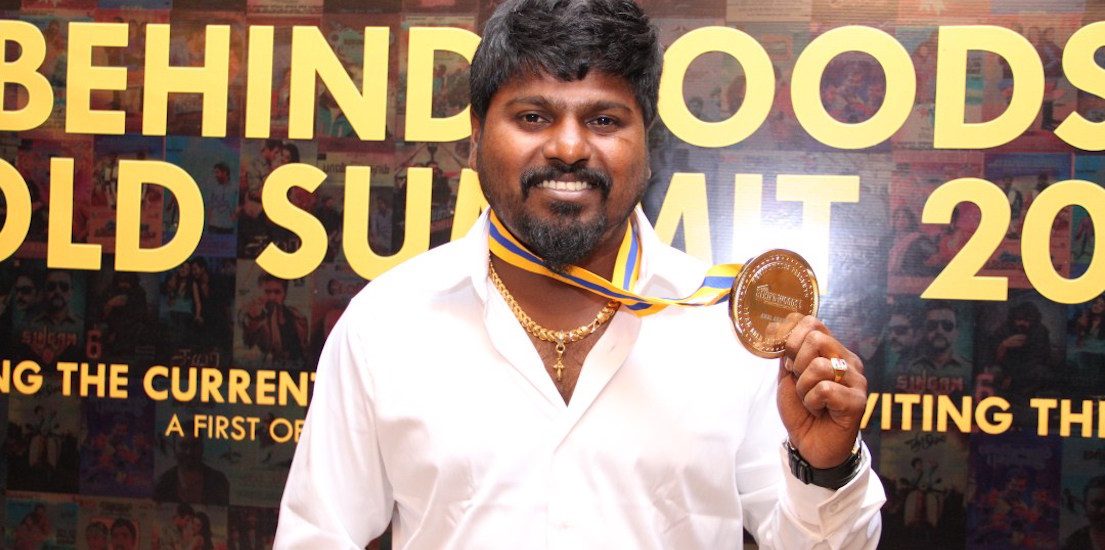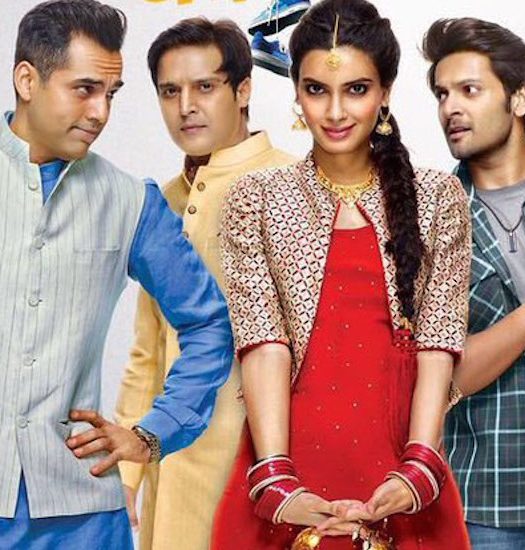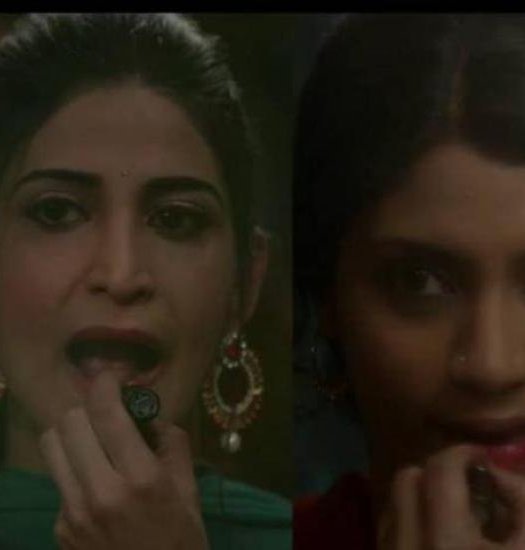The story dictates the style of action – Anal Arasu
Featuring an association with action for almost two and a half decades, and a journey that has seen both highs and lows, Anal Arasu is among the best that we have in the field.
With a body of work that ranges from realistic hand-to-hand combat to larger than life stunts, Arasu talks to Pandolin about the challenges in choreographing sequences in Akira, his relationship with director AR Murugadoss, and his preferences as an action director.

Anal Arasu
You started your career as an extra fighter and have now become one of the most sought after action directors in the industry. How would you describe that journey?
I started my career as a stuntman in 1992. I was a stuntman for ten years, after which I gradually progressed to becoming an action director. I did films in around six-seven languages inclusive of English, Hindi, Tamil, Malayalam, Kannada and more. And these covered almost all leading actors in Bollywood and down South. In all these years, the one thing that has been constant is that it hasn’t been easy. Especially the job of a stuntman, it is not easy at all. In the ten years that I was one, I faced numerous, in the literal sense of the word, numerous injuries. In fact, I used to be a body double for a lot of actors, so that would make the job even more risky. Though I have to admit that things eased out as an action director. I guess it was in my blood, being in the field of action. I had seen my father do the same thing when I was young, so it was almost like a very organic choice to make. And I thank God and my father for being here, since it is his lessons that come to my rescue today.
The job of a stuntman is not easy at all
What is the kind of action that you enjoy more – hand to hand combat style or larger than life stunts?
As an action director you cannot have a preference. The story has to dictate your choice of style. And you have to go with the director’s vision. For example, if you are dealing with a film like Gangs of Wasseypur, you cannot have very large stunts or set ups because the setting of the film is very realistic. So, you have to have stunts in that context. Similarly, if it is a commercial movie, the stunts have to be in sync with that. So it completely depends on the story. Personally, I am comfortable doing both.
READ: TECHNIQUES TO SHOOT AN ACTION SEQUENCE WITH A CHASE
What are the kind of precautions you normally take while going about an action sequence?
See, ultimately it is action that we are shooting. Though we have all kinds of precautions including an ambulance, doctors etc., none of that can prevent accidents from happening. However, I try to plan my shoots in such a way that no one on the set is injured. Safety is the first priority, not just for me but for any action director.
It is rare for a female actor to perform stunts. What was it like to work with Sonakshi Sinha in Akira and how different was it from working with Anurag Kashyap, who plays a negative lead in the film?
Anurag sir does not have too many action sequences in the film. He has just a few, mainly in the climax. Sonakshi on the other hand performed hard core action. And she went through rigorous training for the same. She trained herself in kickboxing, gymnastics and worked really hard for it. So that made it easy for her to pull off the stunts. Also, this was the first time that a female star was performing stunts in a Bollywood film, so that was really exciting.
This was the first time that a female star was performing stunts in a Bollywood film
What is the process like? Do you go conduct any workshops before the actual shoot or is everything decided and executed on shoot?
It depends actually. If the action sequence is grand or there are too many people, it is important that everyone knows their part. Also the director, the DOP, and the actor have to be in sync. So everyone is briefed before we actually roll. But if there is a normal, not so complex action sequence, I just rehearse with my group of stuntmen and choreograph it for them to perform.
But it is never that we go on the set and begin. Everything is rehearsed. We never compose something on the spot. Because what we are doing is very risky, and if there is even a slight shift between one step and another, it can be dangerous. So everything on the set is pre-planned. It might be improvised sometimes, with say a shift in the angle from which the shot will be taken, or the look of it, but the action performance remains as planned.
You have worked with AR Murugadoss time and again. Tell us something about your association with him.
Akira is my fifth film with Murugadoss. And although we have developed a sense of communication over time, each film brings with itself a different style of action and different way of executing it. For example, if I am shooting a Holiday with him, it will be completely different. It falls in the commercial zone where a soldier is performing his share of stunts. Akira in that sense is entirely different. It is a female-oriented film to begin with. The character is a professional fighter, so the kind of stunts become completely different. So he comes with a different idea every time, which is quite challenging for me and hence alters my working style all the more. Therefore, it does not really matter if it is my first film with him or fifth, each movie is a new movie for me.
READ: IN THE MOOD FOR ACTION? TAKE A LOOK AT PANDOLIN’S TOP 10 ACTION FILMS
You have to work in very close association with the DOP. How do you go about that?
The storyboard is an aspect of it, but like you correctly mentioned, there has to be a genuine relationship between the DOP and the action director. What I prepare or do, at the end of the day, it is he who captures that in the frame. So it is very important that the two of us are in sync.
Action has no language. It is communicated in the same way everywhere
You have worked in Bollywood and down South in equal proportion. Both the industries are big on action, but how different is the approach?
Honestly, I don’t really feel a difference. Because action has no language. It is communicated in the same way everywhere. So the process of movie making is the same. Just that Bollywood is more planned. The technicians and people over there are more professional. But that is about it. Nothing major.
How much of the action in Akira was shot in real time and how much of it VFX? Also what is the percentage of action done by the body double as compared to the actor – what kind of stunts are usually done a body double?
Most of it was done in real time. Only a few shots that we absolutely could not take in real locations were shot on green screen. And I personally prefer real locations and real shots much more than green screen. Because the former has a realistic feel that adds to the film. Also, green screen shoots require a lot more planning, a lot more accuracy. You have to check and test the look quite thoroughly before shooting. Also there is disparity in taking shots because the feel is different at different times. I am not saying green screen is bad, it is much safer, but I prefer real time much more.
As for body doubles, I really prefer the actors actually performing the stunts. Because the audience who is investing in a film, comes there to see and feel a star perform. They come there to see their heroes perform. And it is always better to give them that. As for Akira, all the shots were completely done by Sonakshi. So it was a lot of fun to shoot that.



